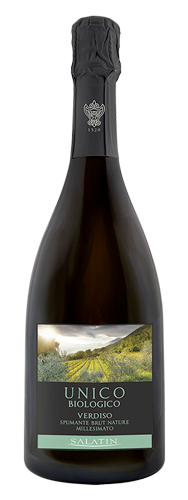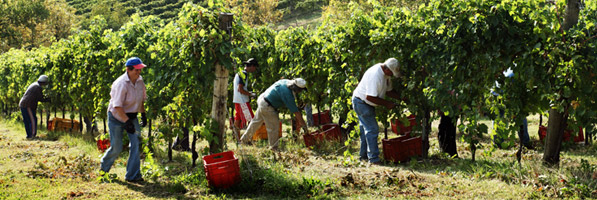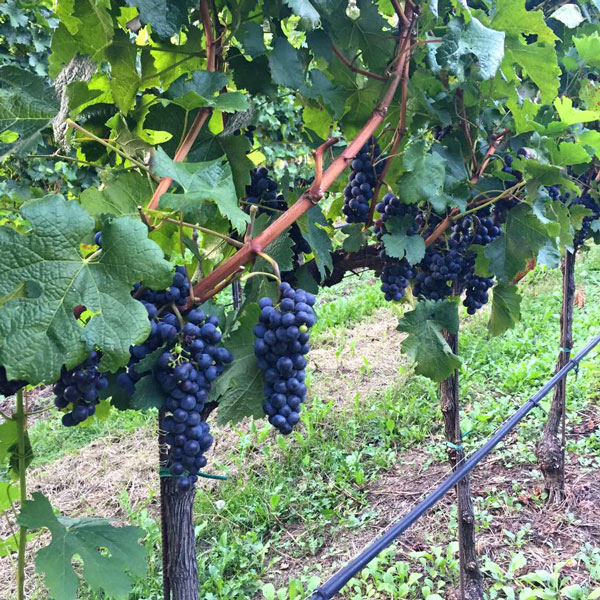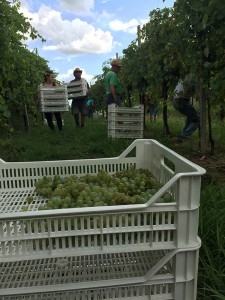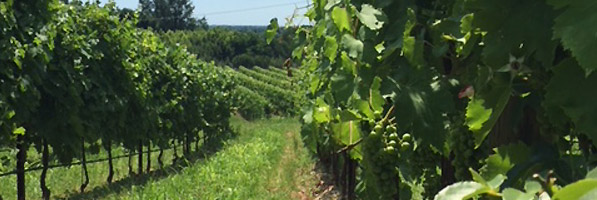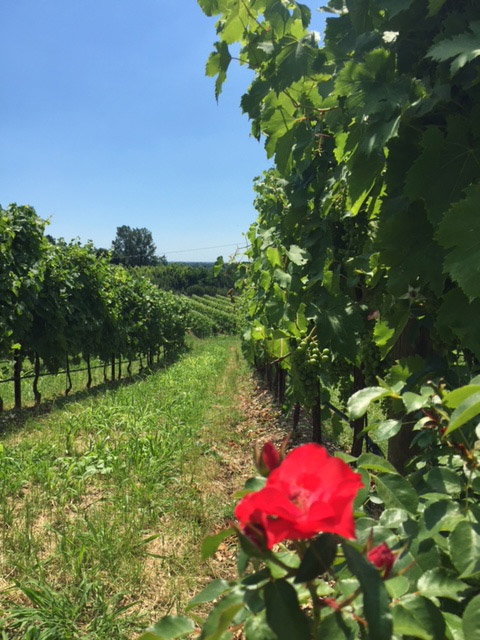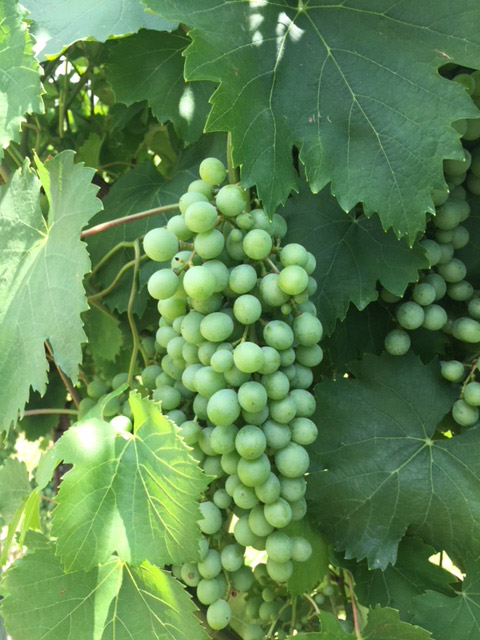This wine was produced with the 2020 harvest. Verdiso is an autochthonous vine variety of the Treviso foothills. Its existence is ascertained by a document dated 1788 by which the Abbey of Follina imposed its cultivation to the settlers. The sparkling process starts directly from the must in a single fermentation, in order to maintain the fragrance and primary aromas typical of the first fermentation.
The long maturation on yeasts in autoclaves leads it to be considered a Charmat Lungo.
The perlage is fine and has a soft and fragrant effervescence.
The colour is straw yellow with greenish reflections.
The bouquet is delicate, but very ample, reminiscent of citrus fruits and white flowers.
The taste is dry, and the aftertaste recalls the scents perceived by the nose together with a strong acidity and persistence in the mouth.
Serving temperature: 6-8 °C.
Pairing: excellent as an aperitif, with sausages and soft cheeses, but its best organoleptic characteristics stand out when paired with both baked and grilled fish dishes.
Our new organic wine – Unico Verdiso Brut Nature
